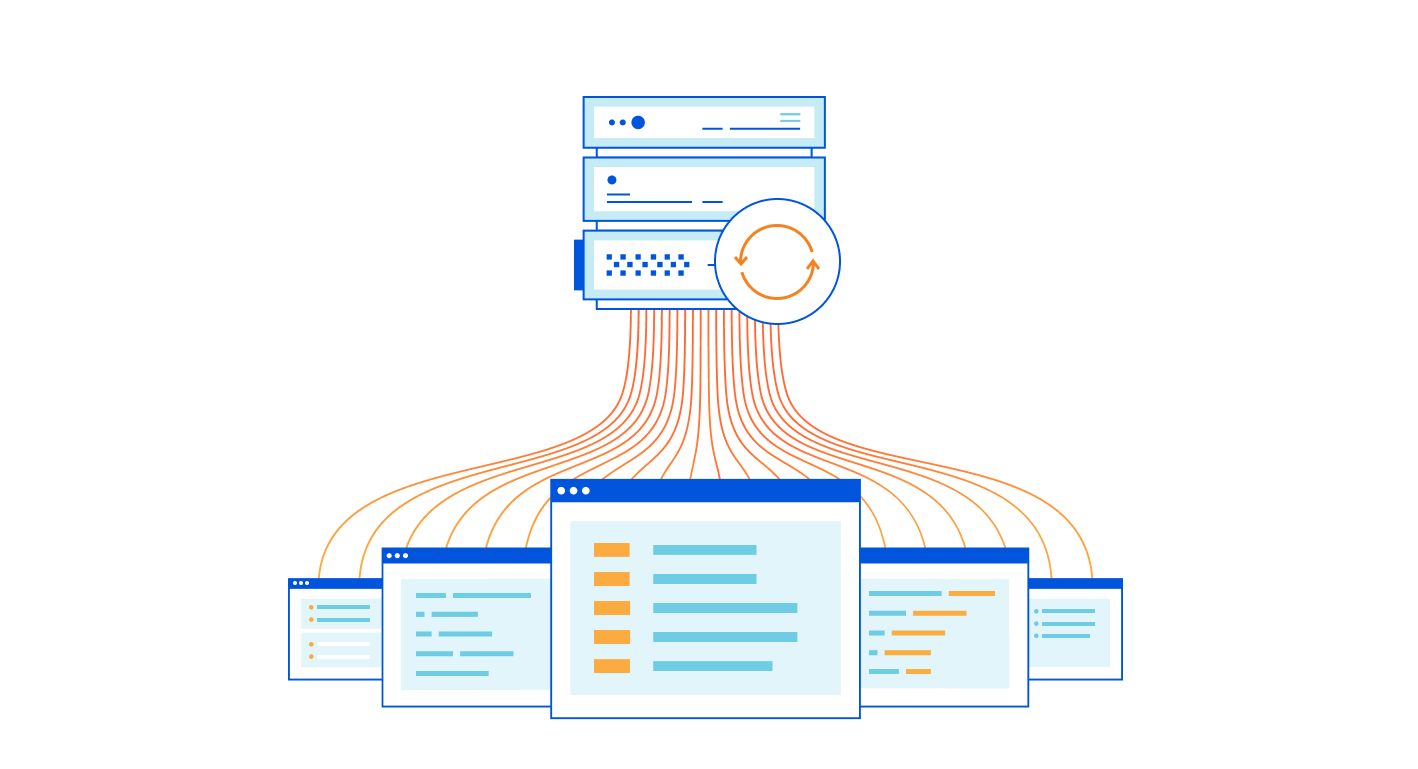Docker Compose for Amazon ECS Now Available
Docker is pleased to announce that as of today the integration with Docker Compose and Amazon ECS has reached V1 and is now GA! 
We started this work way back at the beginning of the year with our first step – moving the Compose specification into a community run project. Then in July we announced how we were working together with AWS to make it easier to deploy Compose Applications to ECS using the Docker command line. As of today all Docker Desktop users will now have the stable ECS experience available to them, allowing developers to use docker compose commands with an ECS context to run their containers against ECS.
As part of this we want to thank the AWS team who have helped us make this happen: Carmen Puccio, David Killmon, Sravan Rengarajan, Uttara Sridhar, Massimo Re Ferre, Jonah Jones and David Duffey.
Getting started with Docker Compose & ECS
As an existing ECS user or a new starter all you will need to do is update to the latest Docker Desktop Community version (2.5.0.1 or greater) store your image on Docker Hub so you can deploy it (you can get started with Hub here Continue reading





